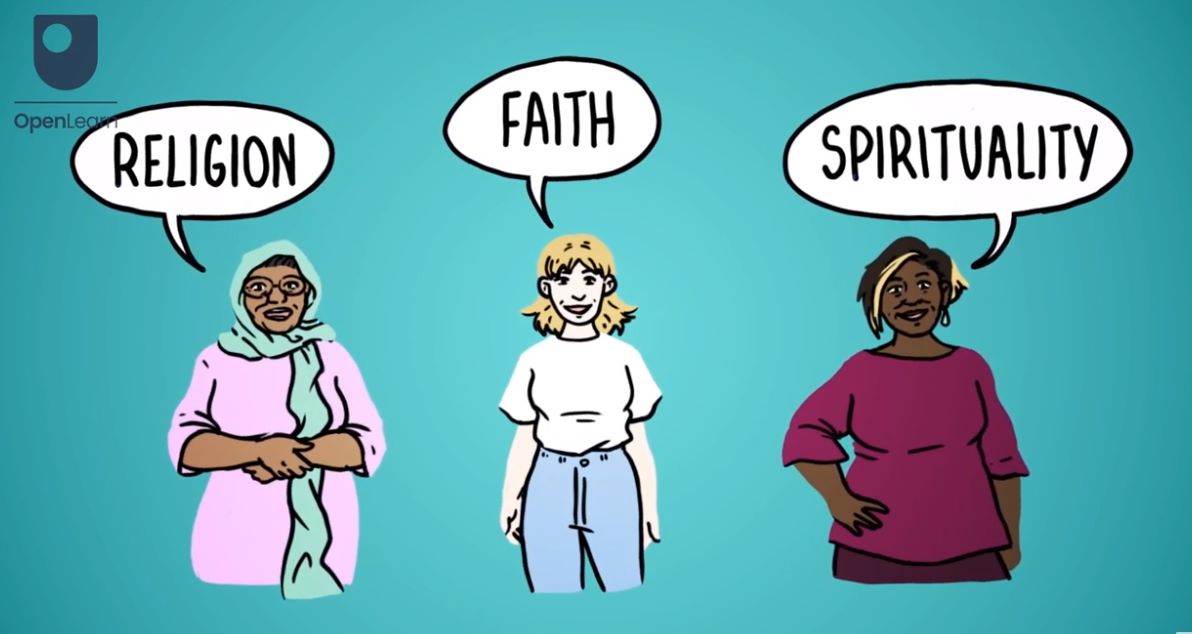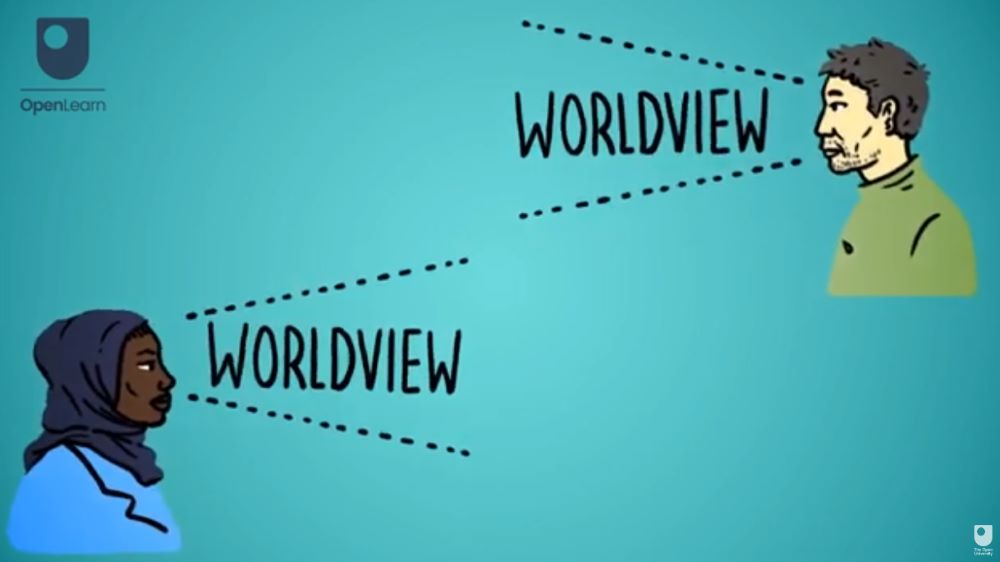The two OpenLearn resources available here are the outcome of an Open University research project titled ‘Religious Literacy for FE (Further education): A Social Justice Approach’, funded by St Peter’s Saltley Trust. The objective of the project was to develop assets to support the teaching of religious literacy in FE, with a particular focus on challenging the stereotypes, cliches and prejudices sometimes associated with religious and non-religious identities. FE colleges are required to cultivate mutual respect and tolerance for those with different faiths and beliefs, as part of their wider commitment to teaching British values. But FE colleagues often lack access to training and teaching resources. The project team organised a series of workshops in FE colleges to bring together lecturers, administrative colleagues and students with religions studies specialists. The workshops embedded the principle of co-design to support the development of these OpenLearn assets, the first of which explains what religious literacy is, while the second explores what it might look like in a science teaching setting.
Religious literacy film
Religious literacy is not the same as the knowledge and familiarity that a Christian, Sikh or Muslim has with their own tradition, or indeed a humanist has with agnostic or atheist perspectives. A useful point of departure for thinking about religious literacy is the American Academy of Religion’s (AAR) Guidelines for Teaching about Religion in K–12 Public Schools in the United States (Moore, 2010). The AAR’s guidelines define religious literacy as ‘the ability to discern and analyse the intersections of religion with social, political, and cultural life’ (p. 4), stating that, in the USA, ‘illiteracy’ regarding religions is ‘widespread’ and that religious illiteracy ‘fuels prejudice and antagonism’ but that prejudice and antagonism ‘can be diminished by teaching about religion… using a non-devotional, academic perspective’ (p. i). To this end, however, it is important to remember that:
- Although religious literacy does not favour one religious tradition over another, it is not neutral. Literacy is implicated in modernity and coloniality.
- Religious literacy needs to be understood in the context of wider economic and political inequalities.
Religious literacy animation
Religious literacy refers to the interventions we make through which mutual understanding and mutual flourishing can be furthered. Everyone has religious literacy. However, not everyone has had the opportunity to explore differences – religious and/or cultural – in a safe space. Religious literacy emerges out of opportunities for debate, disagreement and discussion conducted in appropriate settings, ideally functioning as a catalyst for critical self-reflection among participants. In this animation, religious literacy is materialised through the interactions of a group of students with their lecturer in a science class. A few key points to remember:
- Religious literacy emerges from specific encounters.
- Religious literacy is a process, not an event. It is a relationship between people, rather than a specific set of facts, knowledge or skills.







Rate and Review
Rate this video
Review this video
Log into OpenLearn to leave reviews and join in the conversation.
Video reviews